How do I germinate Venus flytrap seeds?
Germinating Venus flytrap (Dionaea muscipula) seeds can be a rewarding but somewhat challenging process. Here’s a step-by-step guide on how to germinate Venus flytrap seeds:
Materials You’ll Need:
- Venus flytrap seeds
- Growing medium: A mix of sphagnum moss and perlite or long-fibered sphagnum moss.
- Plastic pots or trays with lids or clear plastic wrap for covering the pots.
- Distilled or rainwater (not tap water).
- A bright and indirect source of light, such as a fluorescent grow light.
Steps:
- Prepare the Growing Medium:
- Venus flytraps require acidic soil. You can use a mixture of sphagnum moss and perlite in equal parts or pure long-fibered sphagnum moss. Do not use regular potting soil as it contains minerals that can harm the plant.
- Plant the Seeds:
- Fill your pots or trays with the prepared growing medium, leaving some space at the top. Moisten the medium with distilled or rainwater until it’s consistently damp but not soggy.
- Sprinkle the Venus flytrap seeds evenly over the surface of the growing medium. Do not bury the seeds; they need light to germinate.
- Cover the Containers:
- Cover the pots or trays with clear plastic wrap or their respective lids. This creates a mini-greenhouse effect that maintains high humidity. Make sure the covering does not touch the growing medium or seeds.
- Provide the Right Conditions:
- Place the covered containers in a bright location with indirect sunlight. Avoid direct sunlight, as it can overheat and damage the seedlings.
- Maintain a temperature of around 70-75°F (21-24°C) during the day and slightly cooler at night.
- Keep the Growing Medium Moist:
- It’s crucial to keep the growing medium consistently moist. Use a spray bottle to mist the inside of the plastic coverings whenever the surface begins to dry out.
- Use distilled or rainwater for misting, as well as for watering the growing medium when needed. Never use tap water, as it contains minerals that can harm the sensitive seedlings.
- Be Patient:
- Venus flytrap seeds can take anywhere from several weeks to several months to germinate, so be patient and monitor their progress regularly.
- Transplanting Seedlings:
- Once the seedlings have grown large enough to handle (usually when they have several true leaves), you can transplant them into individual pots with the same growing medium.
- Care for Young Plants:
- Continue to provide bright, indirect light, high humidity, and moist growing conditions as your seedlings grow into young Venus flytrap plants.
Remember that Venus flytrap seedlings are delicate and require careful attention to their growing conditions. As they mature, they will become more resilient and easier to care for. Once they develop traps and are a few years old, they will be ready to capture insects and thrive as adult Venus flytrap plants.

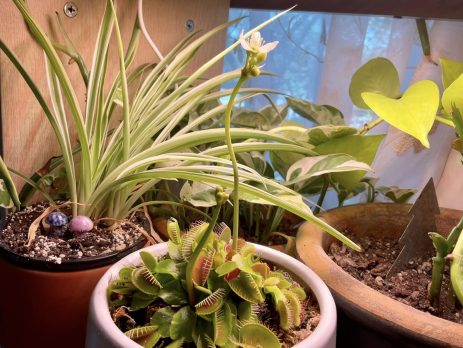
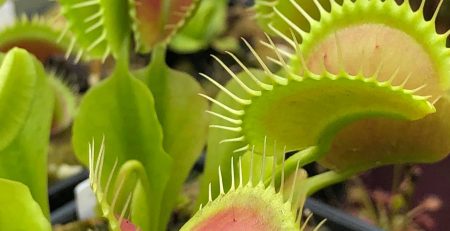
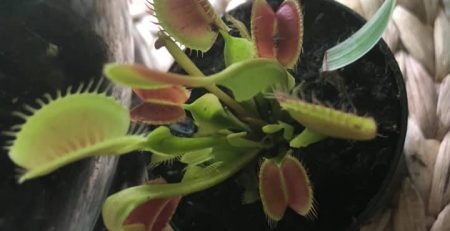
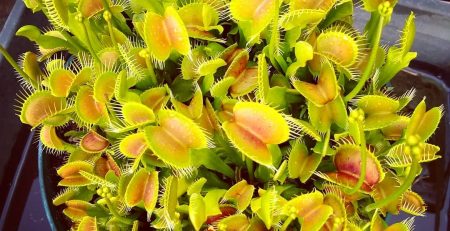
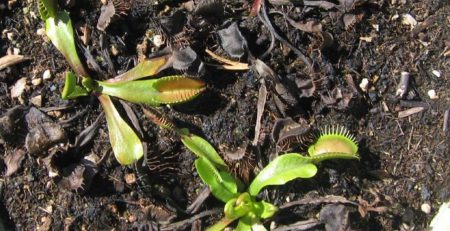
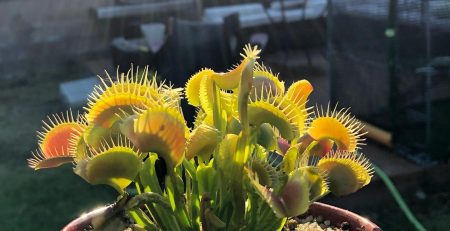
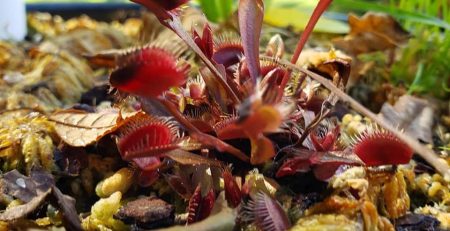
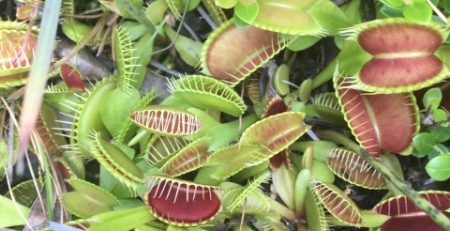
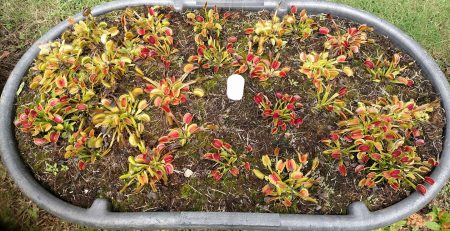
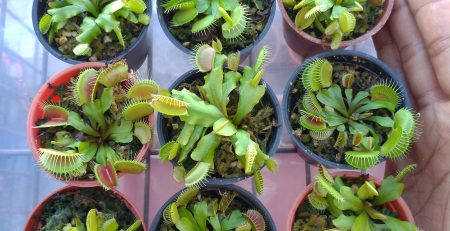
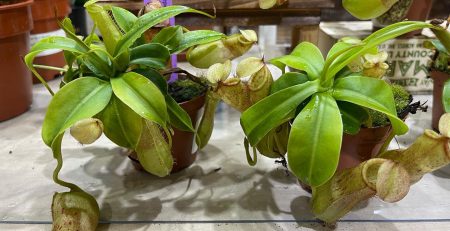
Leave a Reply
You must be logged in to post a comment.